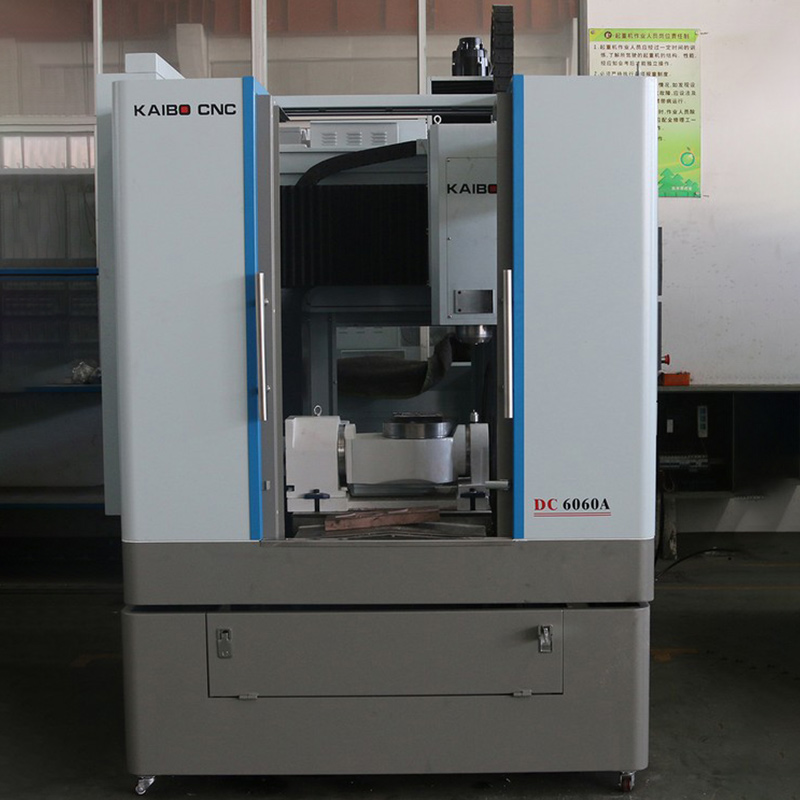In the shoe mold manufacturing sector, precision and repeatability are paramount. Yet, many workshops grapple with inconsistencies arising from complex geometries and manual interventions. The challenge? Achieving flawless surface finish and dimensional accuracy on intricate shoe lasting molds (shoe lasts) that directly influence final product fit and comfort.
Contrary to popular belief that a traditional three-axis CNC machine is sufficient, real-world applications have exposed its limitations. This is where advanced five-axis CNC milling technology steps in. Notably, Ningbo Kaibo’s DC6060A five-axis shoe last-specific milling machine has emerged as a game-changer, elevating finished product yield rates by up to 30% for shoe mold producers.
| Feature | Three-Axis CNC | Five-Axis CNC (DC6060A) |
|---|---|---|
| Degrees of Freedom | 3 linear axes (X, Y, Z) | 3 linear + 2 rotational axes for complex tool orientation |
| Complex Surface Machining | Limited; multiple setups required | Continuous machining of challenging freeform curves without repositioning |
| Setup Time | Long; frequent tool changes and re-fixturing | Significantly reduced thanks to optimized tool paths and high-precision rotary table |
| Quality Consistency | Moderate; subject to human error in manual repositioning | High; rotary axis ensures accurate contours and depth, minimizing scrap |
The key lies in the high-precision rotary worktable that integrates seamlessly with five-axis linkage, enabling tool orientation to dynamically adjust for nearly any surface angle. This eliminates the need for multiple fixture setups and reduces cumulative errors that typically cause dimensional nonconformities.
Take the example of a mid-sized shoe mold manufacturer in Zhejiang Province, China, which transitioned from traditional three-axis machines to Ningbo Kaibo’s DC6060A. Before the upgrade, the factory struggled with a consistent 20% scrap rate due to surface imperfections and dimensional deviations—issues mainly attributed to the inability to handle complex contour machining efficiently.
Post-installation of the DC6060A, the facility reported a steady 30% increase in first-pass yield over six months — from 80% to 104% of production targets achieved without rework. Key drivers behind this success included:
Notably, the factory leveraged customized parameter presets within the machine's control software to tailor feeds and speeds specifically for various shoe last materials. This flexibility played a central role in cutting down tool wear and avoiding costly downtime.
For shoe mold manufacturers considering a switch or upgrade to advanced five-axis machining, success hinges on not only acquiring the right equipment but also fine-tuning operational workflows:

In summary, while the five-axis CNC milling machine represents a significant capital investment, its performance metrics—specifically, the remarkable 30% improvement in product yield and reduction of manual errors—speak volumes. With over 100 shoe mold manufacturers already benefiting globally, this technology is fast becoming the new standard for quality-driven production.

